Western Bulk Herbs – Black Cohosh Root
Today, Black Cohosh is used specifically for menopausal symptoms. However, is has been used in the past as an excellent healing herb for snakebites and joint problems. Black cohosh enjoys the ability to help with childbirth and works as a restorative for nervous and cardiovascular system and lungs.
Black cohosh history dates way back into mainland China where they used it for fatigue, arthritis, sore throats and fevers, rashes, sleeplessness, and malaria.
A 1982 study showed Black Cohosh relieved women of premenopausal symptoms of hot flashes, perspirations, headaches, vertigo, and heart palpitations. The also showed improvement on irritability, sleep disturbances, and depression.
Another study done with black cohosh and hormone replacement therapy (HRT) with women who had hysterectomies or those with one remaining ovary concluded that HRT met with better results, but black cohosh was a favorable natural alternative for post hysterectomy.
It’s also been used for: asthma, bee stings, blood cleanser, epilepsy, estrogen deficiency, hysteria, insect bites, measles, neuralgia, rheumatism, spinal meningitis, St. Vitus Dance and whooping cough.
Latin Name:
Cimicifuga racemosa
Common Names:
Cimicifuga racemosa, Actaea Macrotys, Actaea Racemosa, Baneberry, Black Snakeroot, Bugbane, Bugwort, Cimicifuga, Cimicifuga Racemosa, Phytoestrogen, Rattle Root, Rattle Snakeroot, Rattlesnake Root, Rattleweed, Squawroot. Do not confuse with the potentially toxic blue cohosh.
Parts Used:
Root
Properties:
Black Cohosh is recognized as antispasmodic, astringent, alterative, expectorant, emmenagogue, diaphoretic
Traditional Uses:
Native Americans have used the herb to treat snakebite and joint problems, but primarily used the herb for menopause symptoms.
Internal Applications:
Black Cohosh can be taken in the form of a tea, tincture, or capsule. It is useful for all nervous conditions, spasms, neuralgias. It is extremely useful for women’s complaints, providing relief for menstrual cramping or pain, but its antispasmodic qualities also make it useful for asthma and coughs. The liquid extract can be taken in small amounts before a delivery to help facilitate birthing.
Topical Uses / Applications:
Can be used as a poultice, or as a wash for acne and other skin problems.
Culinary Uses:
The dried root is made into herbal tea.
Chemical Properties:
Actaein, cimicifugin, formononetin, racemosin, estrogenic substances, triterpenes, isoferulic acid, salicylic acid, tannins, vitamin C.
Cautions:
Black Cohosh must not be used by women who are pregnant or nursing. The use of Black Cohosh may cause occasional gastrointestinal discomfort. Large doses may cause headache, impaired vision, vomiting, vertigo, and impaired circulation. Women with a family history of estrogen-dependent tumors or breast cancer should consult a qualified health care professional due to the estrogen activity of Black Cohosh.
Folk Lore:
The name cohosh is from the Algonquian tribe, and means rough, referring to the feel of the rhizome. Settlers adopted the herb for the same purposes, and in the late 1800’s it became the key ingredient in Lydia Pinkham’s “Vegetable Compound”, a wildly popular over the counter medicine for menstrual problems, infertility, and unpleasant symptoms of menopause.
Lydia Pinkham’s “Vegetable Compound” continued to be sold in the latter half of the twentieth century. It was given the name “bugbane” because the flowers have such a strong odor and have been used to effectively repel insects.
*Disclaimer: These statements have not been evaluated by the Food and Drug Administration. This product is not intended to diagnose, treat, cure or prevent any disease.
Resources:
PDR for Herbal Medicines, 2000. Medical Economics Company, Montvale, New Jersey.
The New Holistic Herbal. David Hoffmann, 1990. Barnes and Noble Books, New York.
A Modern Herbal, Mrs. M. Grieve, (Dover Publications, New York, 1971)
Major Herbs of Ayurvedic.Compiled by Dahur Research Foundation and Dahur Ayurvet Limited, Ghaziabad, India., 2002. Churchill Livingstone, London, England.
Chinese Herbal Medicine: Materia Medica, Third Edition, Dan Bensky and Andrew Gamble, 1986. Eastland Press, Seattle, WA.
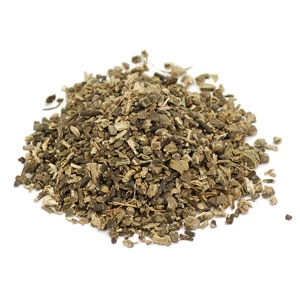
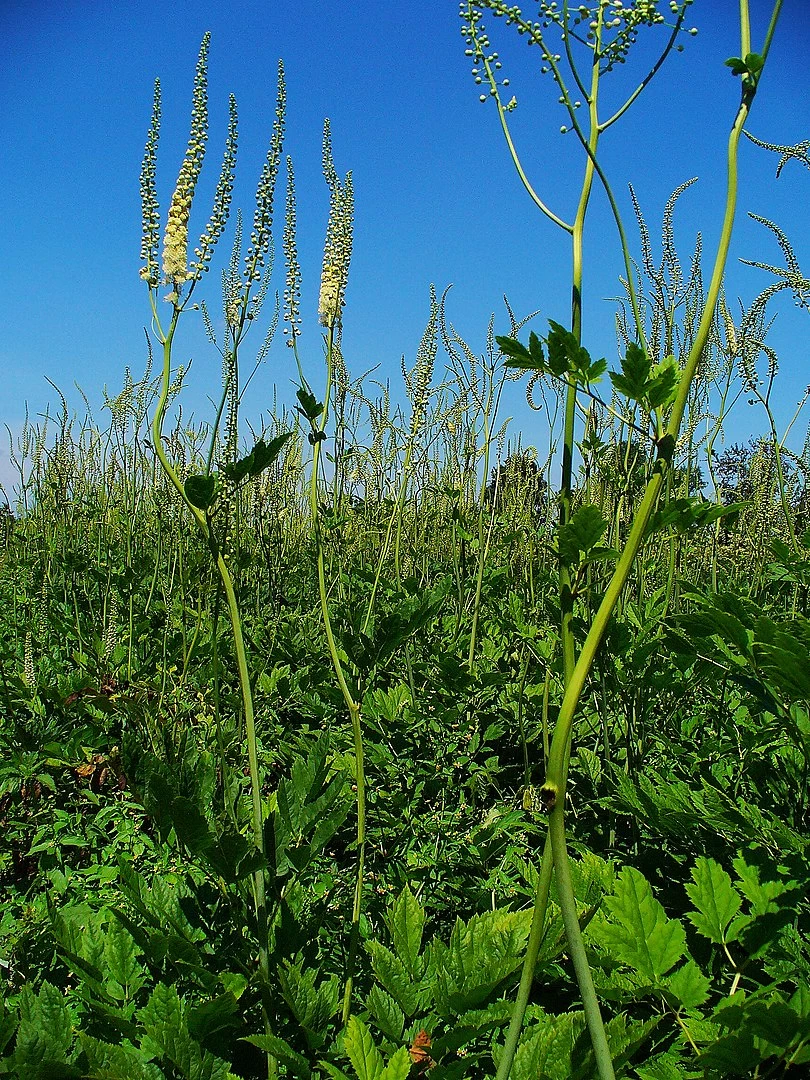
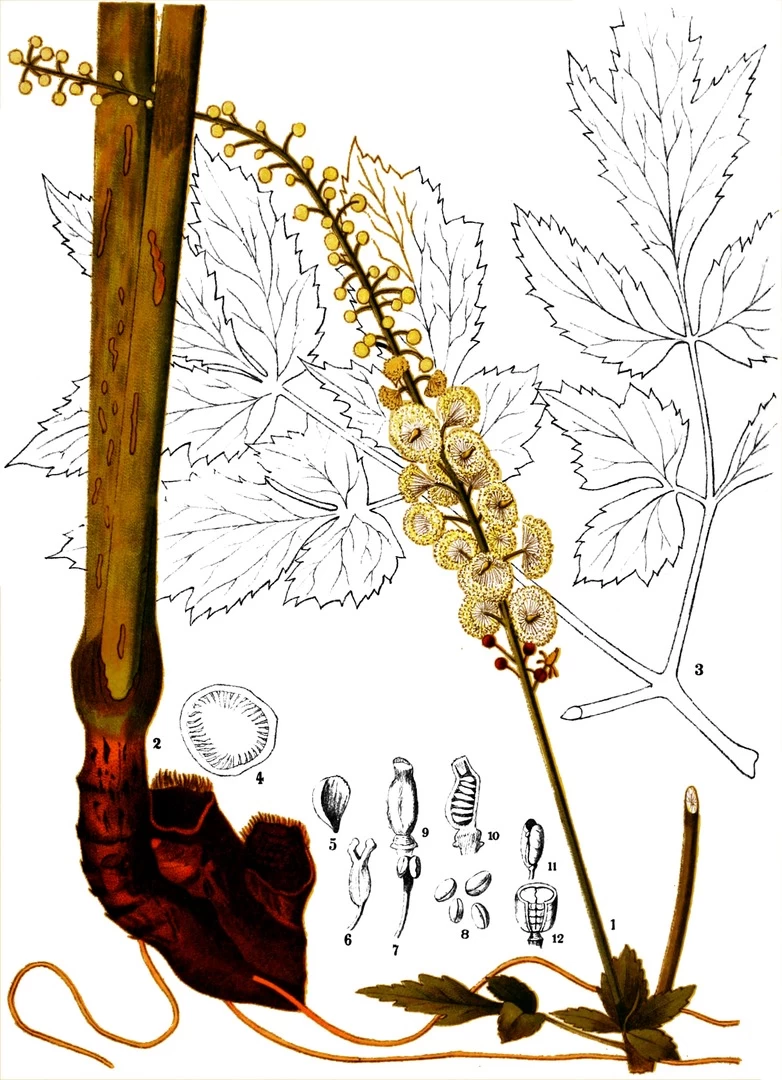
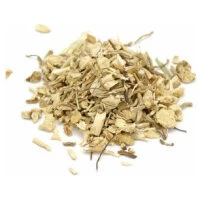
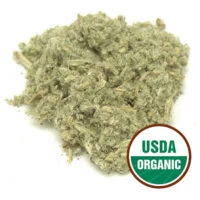
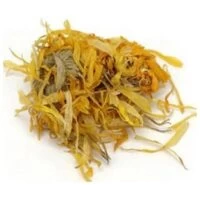

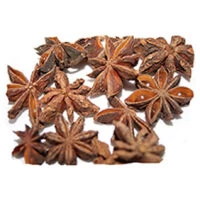
Reviews
There are no reviews yet.